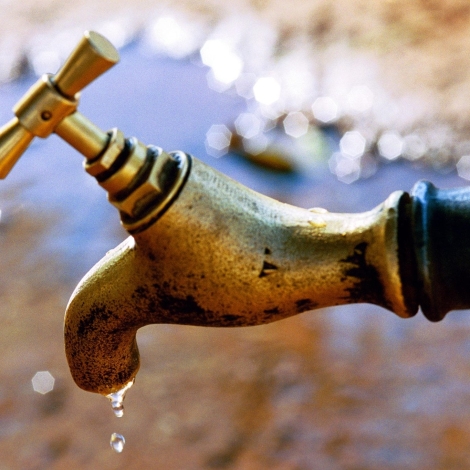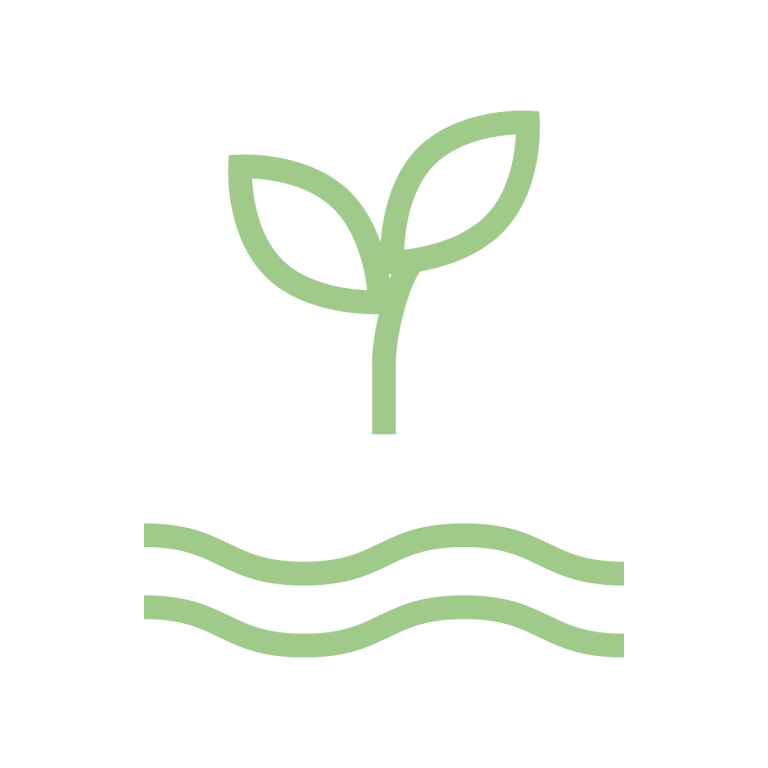“Food production is the largest consumer of water, and also represents the largest unknown factor of future water use as the world’s population continues to balloon, and we face increasing weather-related shocks and stresses,” says Laura Schulz, Acting Deputy Assistant Administrator in USAID’s Bureau for Economic Growth, Education and Environment. She spoke at “Feeding a Thirsty World: Harnessing the Connections Between Food and Water Security,” in April 2018. About 70 percent of global freshwater goes to agriculture, a number that is projected to rise as high as 92 percent, according to Rodney Ferguson, President and CEO of Winrock International, one of the event’s sponsors.
World population is projected to reach approximately 10 billion by 2050. While water and food may seem interdependent, their issues do not always overlap. Combined with political unrest and improperly managed water resources, the situation can be quite grim for African countries, Asia and beyond.
Five quick facts on population and food production (FAO)
- Demand for cereals, for both food and feed, is projected to reach 3 billion tons by 2050, up from 2.1 billion tons today.
- 90 percent of crop production globally (80 percent in developing countries) is expected to come from more production and higher yields.
- 300 million tons (an almost three-fold increase from today) of cereal is expected to reach the developing countries by 2050, making up for their 14 percent increase in consumption.
- 72 percent of cereal production (up from 58 percent today) shall come from developing countries in 2050, aiding the annual global cereal production in its climb to 1 billion tons.
- Production in developing countries will need to be almost double by 2050, and globally it will need to rise by 70 percent.
Reducing water usage and managing the crop productivity
One of the most effective ways to accomplish the above is innovation. Engineering for Change’s latest series of research publications on ‘How to keep food on the table in a changing climate,’ provides examples of innovative technology in use now, and inspiration for new innovation. The series has solutions such as tools for adding value and Do-it-yourself guides to better food production. The series also takes water resources management for plantation, irrigation and post-harvest stage for maintaining soil health into account as well.
This series is aimed to impart knowledge to small-holder farmers from the Global South, other emerging economies and underserved communities worldwide.
The way forward
‘Self reliance’ shall be the key words in this ever changing climate and rapidly growing world. By enabling the farming community to take care of their water and crop systems, we can work towards ensuring the self reliance of current and future populations.

